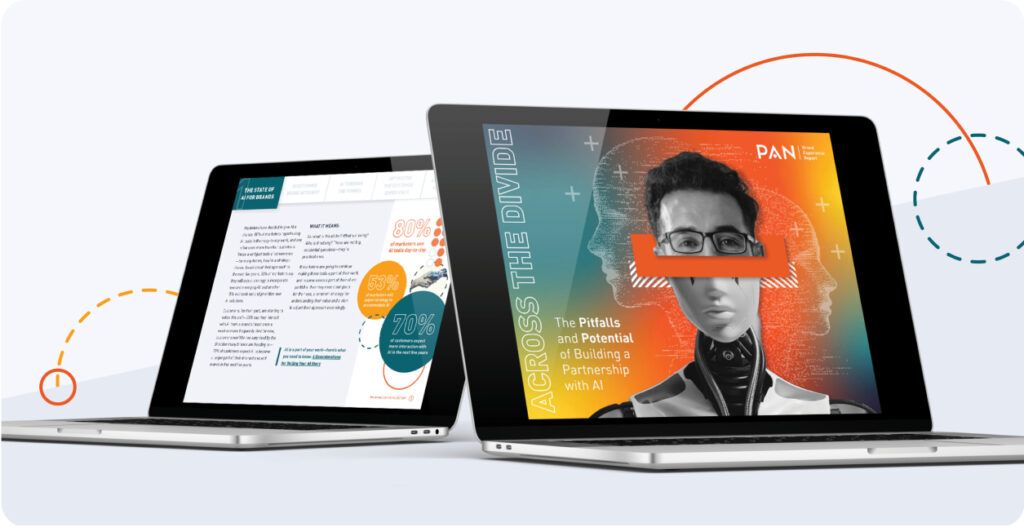Not since the invention of photography in the mid-1800s has a new medium had so much impact on the written word and journalism.
Video is pervasive in how we create, experience and share stories today – and mediums for broadcasting continue to expand. According to Cisco, by 2022 online video will make up more than 82% of all consumer internet traffic – 15 times higher than 2017. And the medium sticks. Insivia reveals that viewers retain 95% of a message when they watch it in a video and, according to Wordstream, 92% of users watching video on mobile will share it with others.

Source: Pexels.com under CC license.
It is no surprise that more traditional business and tech news networks like CNBC and Bloomberg TV have encountered stiff competition from online news outlets like Yahoo, Business Insider, and Cheddar, which is often described as the online CNBC for millennials. In many cases, traditional broadcast is competing with its own video storytelling capabilities and offerings. Take CNN, for example – its online video stories are instantly consumed on any device and shared with the tap of a finger.
Traditional newspapers like USA Today are also turning to video to augment their storytelling. PAN recently caught up with USA Today reporter Trevor Hughes, a journalist since 1997 who works in words, pictures and video, and who frequently uses video in his live reporting. “Today, you don’t need complicated infrastructure to go live from a location or to interview folks during a natural disaster like the recent Alabama tornadoes (check out his reporting on the devastation). If you have a mobile device, you can be on live TV. When I am in the field, I expect to be on camera interviewing experts who are able to share their story instantly.”
However, Hughes points out that some spokespeople are reluctant to be on camera, can get guarded or nervous and, as he says, “forget to be human.” But when done well, video can be an incredibly effective and powerful way to connect person-to-person, especially during a crisis or breaking news scenario.
Now more than ever, we need to prepare our spokespeople to communicate via video. Whether conducting a remote interview for Yahoo from a home office or on set at TODAY, executives must be ready to assume the role of master storyteller.
Enter In the Hot Seat, PAN’s new intensive media training session, built to prepare your spokespeople to shine in any on-camera opportunity.
First, we’ll survey your spokespeople and communications team on top concerns, needs and likely media scenarios, then create a custom 2-hour, one-on-one training program. During the session, executives will participate in a rigorous mock interview on camera, then receive real-time feedback and direction aligned to their personalized needs and style.
They will then be interviewed again for an opportunity to practice new skills and receive further assessment. The outcome is greater skill and confidence in delivering media messages in any situation and across any medium.
And this is something any executive could benefit from. Consider Steve Jobs – he wasn’t born a spokesperson, he was groomed by decades of practice. Check out his first interview prep session in 1979, a far cry from the smooth and polished mock turtlenecked Jobs we grew to know and love: https://www.youtube.com/watch?v=zInFwLyJsoo




